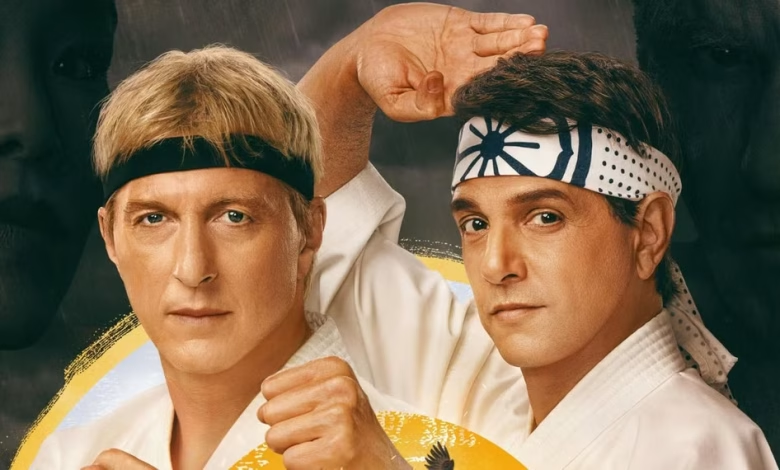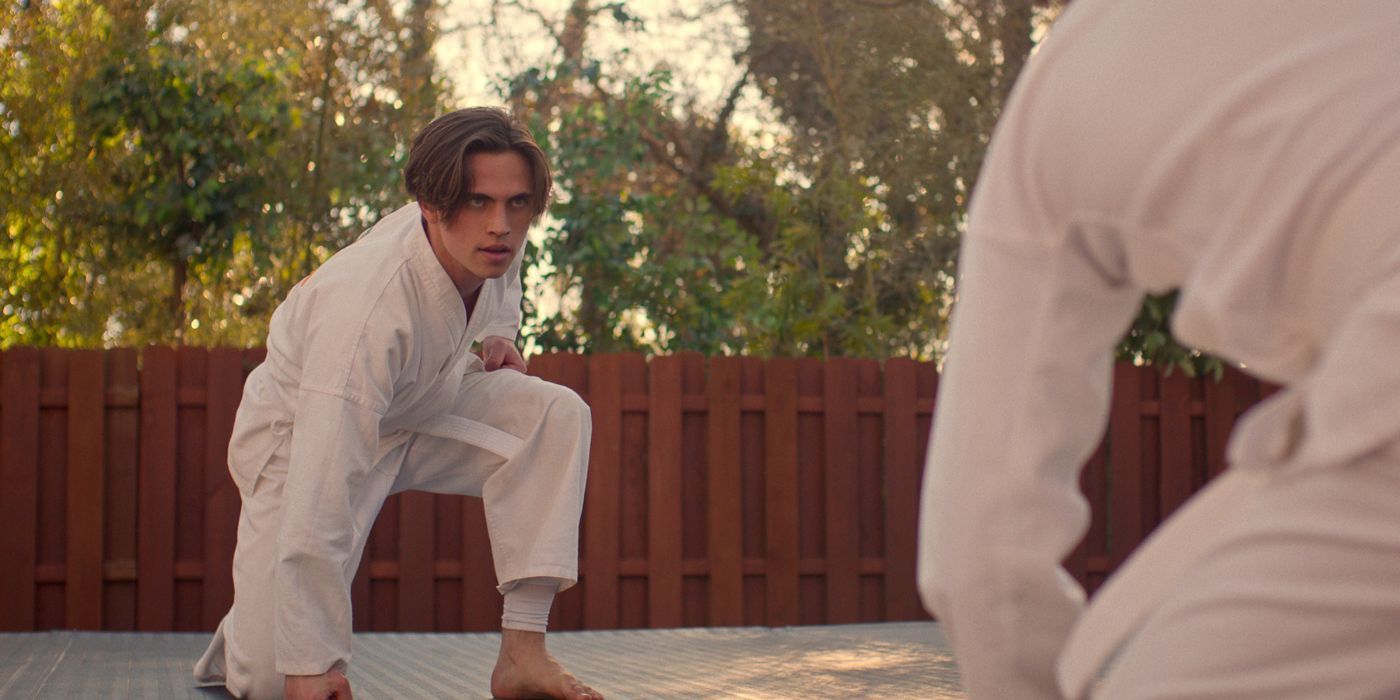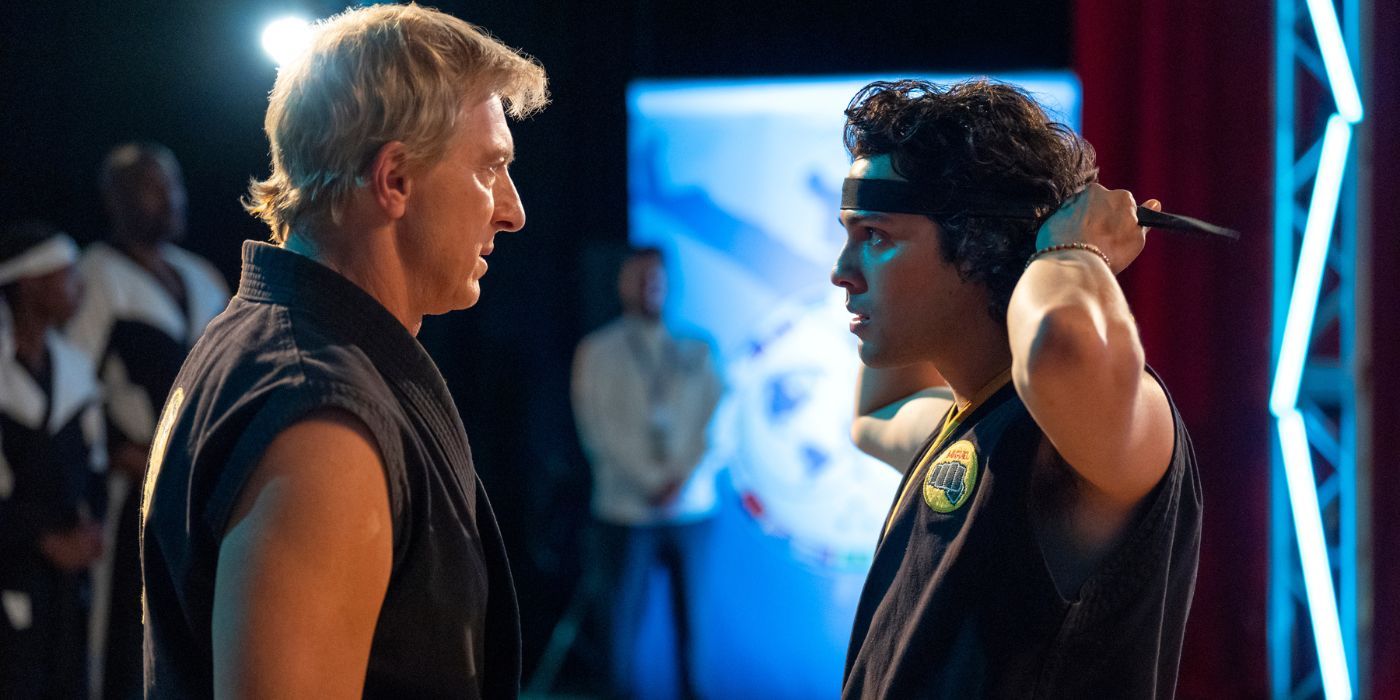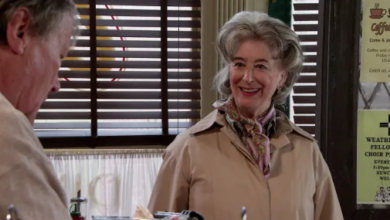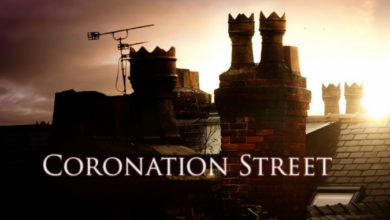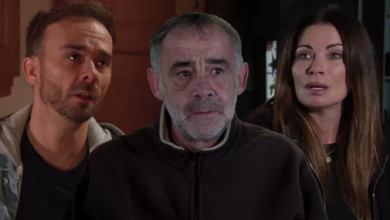8. Gray Morals
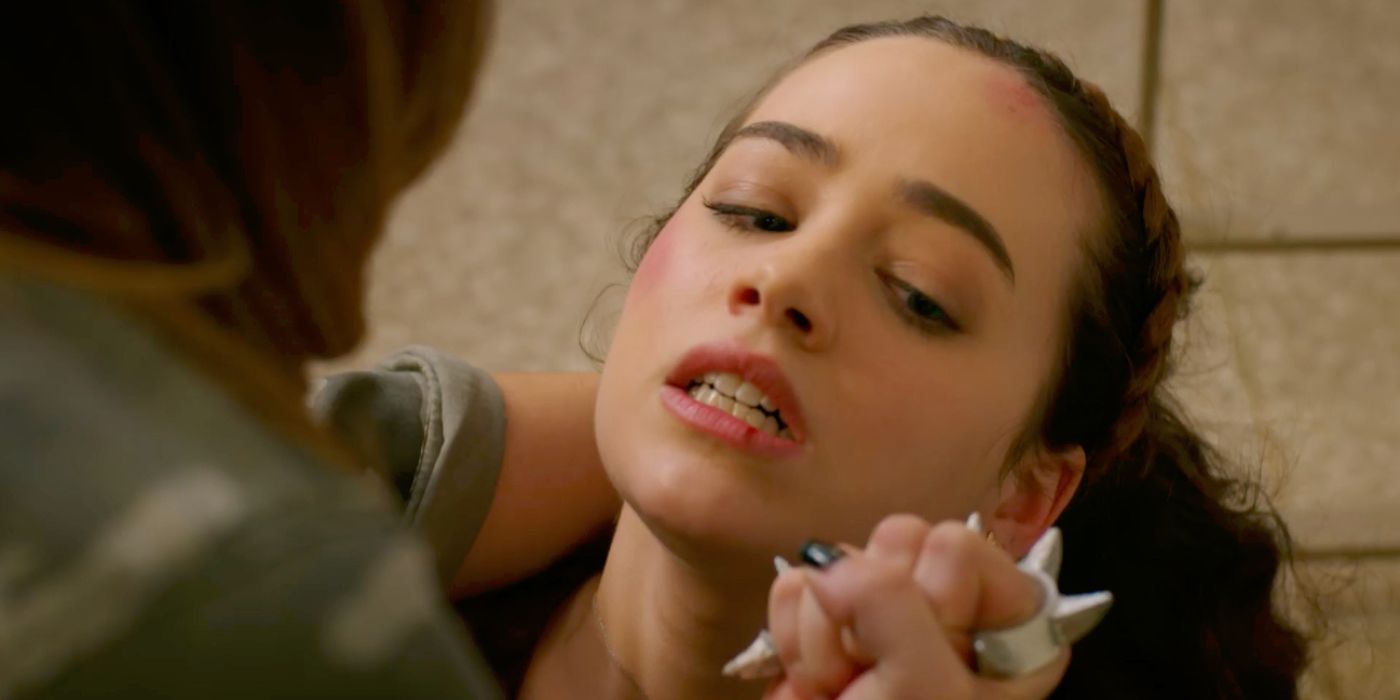
Something the show leans into a lot is the fact that these characters are people. They manage to make audiences find empathy for antagonists like John Kreese (Martin Kove) and believe that even the original hero himself, Daniel LaRusso (Ralph Macchio), can mess up and make bad decisions based on selfish desires. This not only makes for great drama and conflict at times, but allows the characters to feel layered and complex.
Being able to sometimes feel for the villains and disagree or disapprove of the hero’s actions is what helps make characters feel less like characters and more like real people.
Being able to sometimes feel for the villains and disagree or disapprove of the hero’s actions is what helps make characters feel less like characters and more like real people. This has been one of the best aspects of Cobra Kai that people fell in love with from the very start. A good, relatable, and compelling character can make even the worst of stories feel bearable (which Cobra Kai doesn’t have to worry about thanks to their wonderful screenwriting team).
7. Its Great Supporting Cast
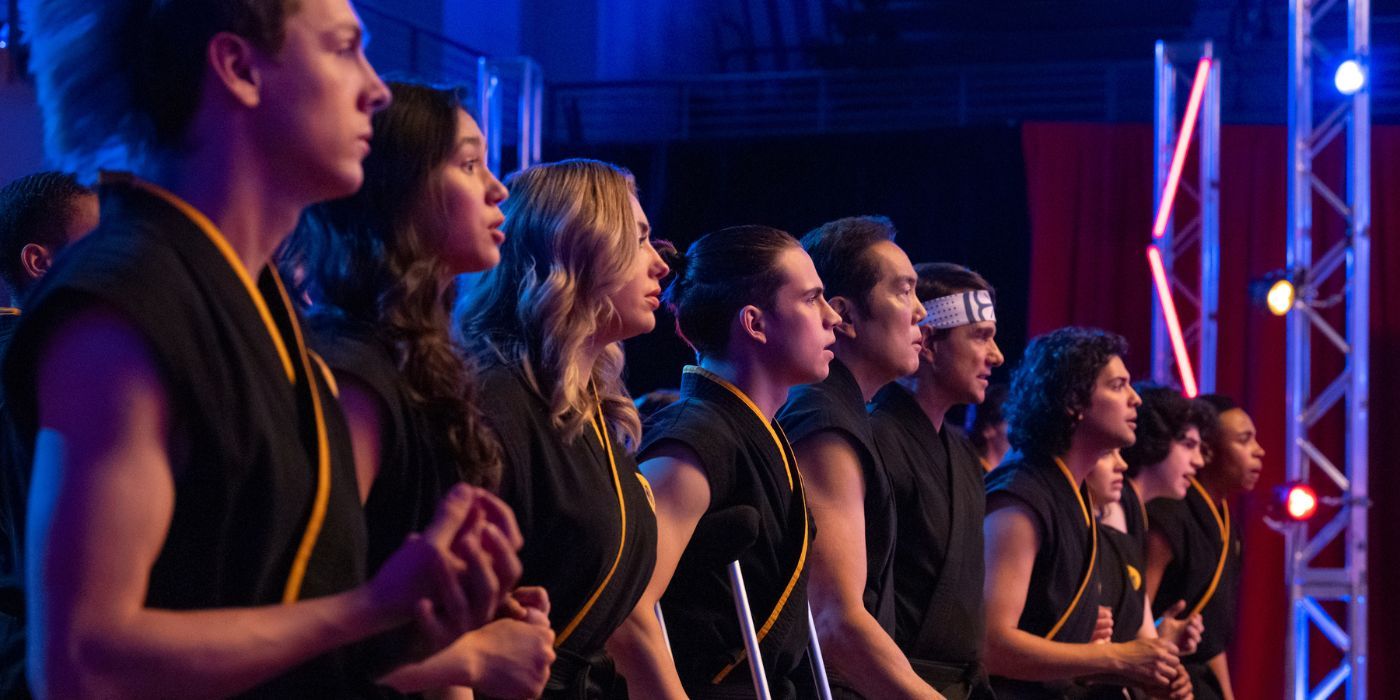
The number of characters there are to love in Cobra Kai is large. A great cast of protagonists and antagonists needs a strong supporting cast standing behind them to elevate and fuel the fires behind their character arcs and the plot itself. Characters like friends, families, and underlings help add so much to a plot and are almost essential to a strong series like this one.
Sometimes, at their lowest points, characters need someone to fall back on, too. Miguel had his mother, Daniel LaRusso had his family, and even John Kreese himself had people behind him. There are characters here that are so good that people are even asking that they get their own spinoffs—which is more possible than ever now that Karate Kid: Legends is coming to theaters this year.
6. Tasteful Nostalgia
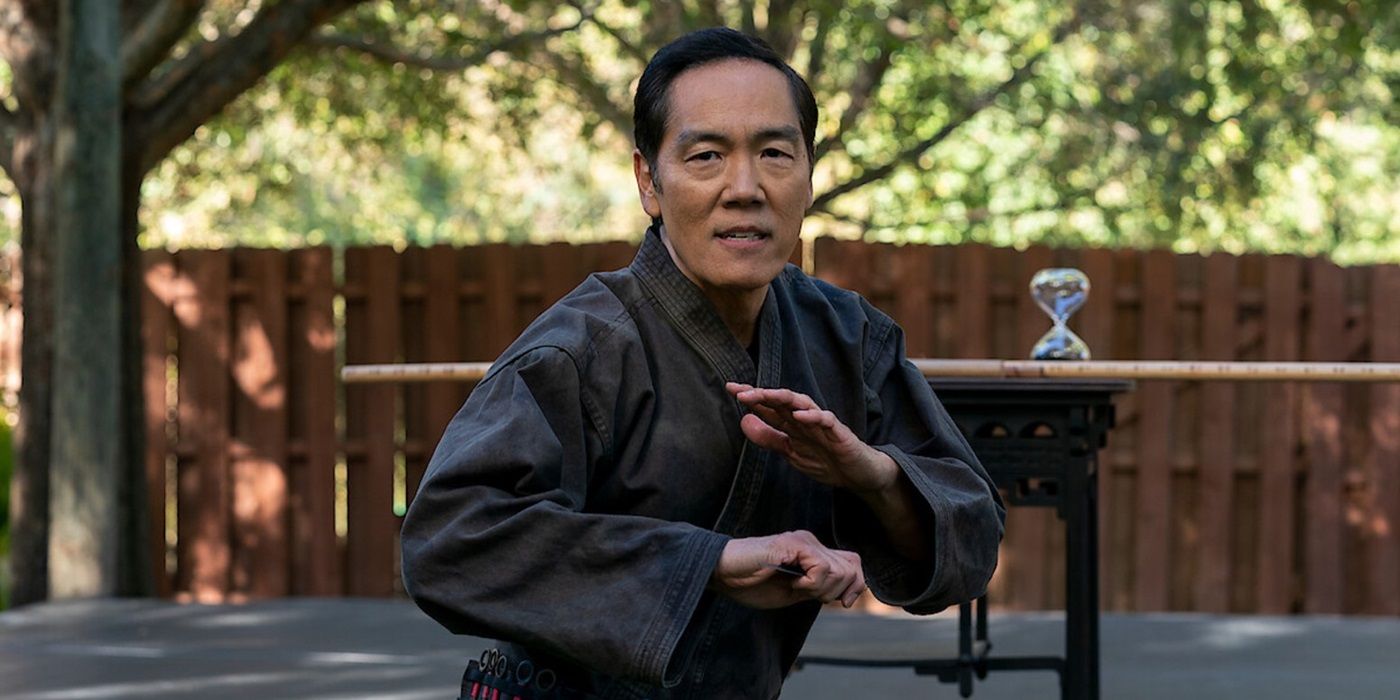
Being the continuation of a franchise that is so deeply ingrained in the era of the 80s, when Cobra Kai aired, it needed to somehow find a way to pay respect to that and embrace it as part of its identity without being too nostalgia-heavy. The series does this masterfully, not shying away from its time era of the modern day, but still including aspects, trends, songs, and even tropes from the 80s that help Cobra Kai feel even more like a true entry in The Karate Kid universe.
This also applies to the re-introduction of characters from past The Karate Kid movies, like Chozen (Yuji Okumoto). When a key-player from a previous project in the series comes back, it’s not just for the sake of inclusion; they genuinely have a purpose in the story and don’t feel as if the writers could have gone without including them. They feel essential to the plot and that helps them feel natural and not forced.
5. Expanding ‘The Karate Kid’ Universe
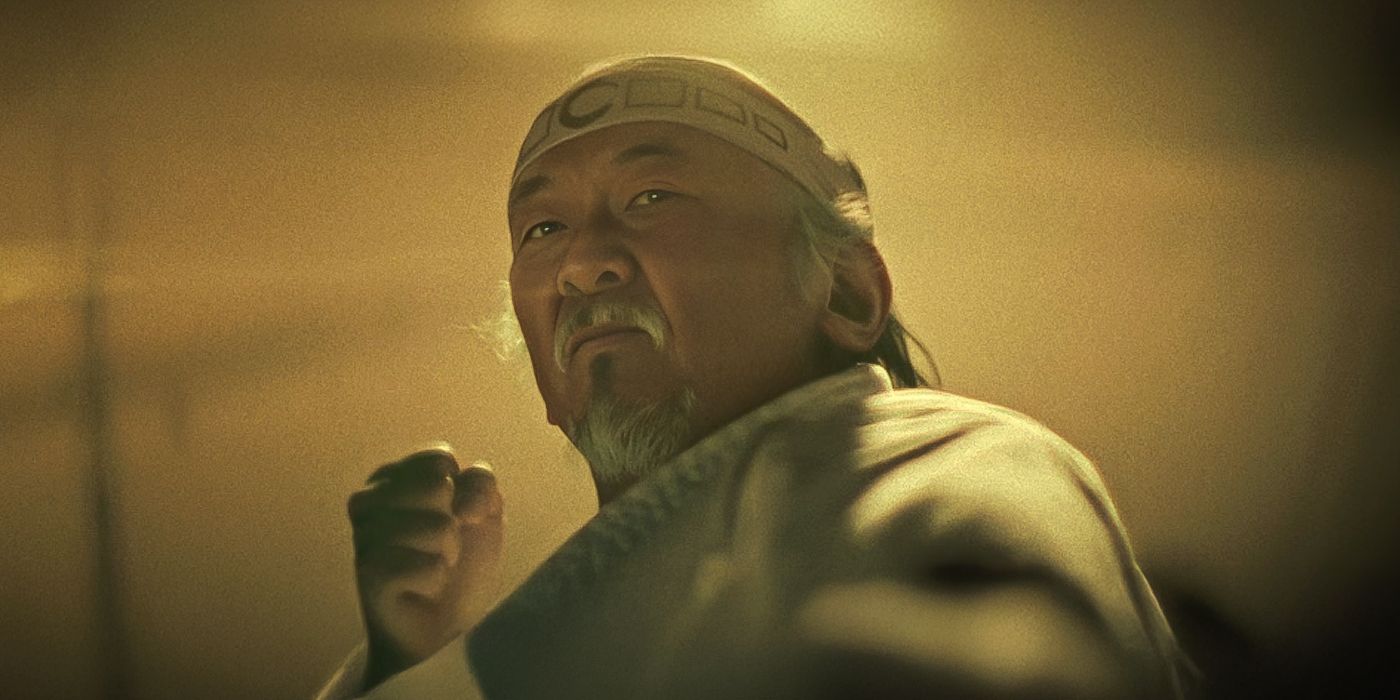
It’s wild to imagine that a small film released in June of 1984 has now been built to be a universe that is known by almost everyone—and it’s only growing as the franchise continues with Karate Kid: Legends. When Cobra Kai came to town, they didn’t just intend on continuing the story of Johnny Lawrence, they decided they were going to expand and enrich this universe with new characters, concepts, and backstories (especially the history of Mr. Miyagi (Pat Morita).
Growing this world and making it more expansive is a huge aspect of the franchise that’s been keeping it alive. Plot points like Daniel LaRusso discovering and exploring the past of his late mentor, Mr. Miyagi are perfect examples of how they add to this series’ world without tainting the legacy of the original films in the franchise. People continue to grow more and more interested in what is next for this karate universe.
4. Use of Consequence
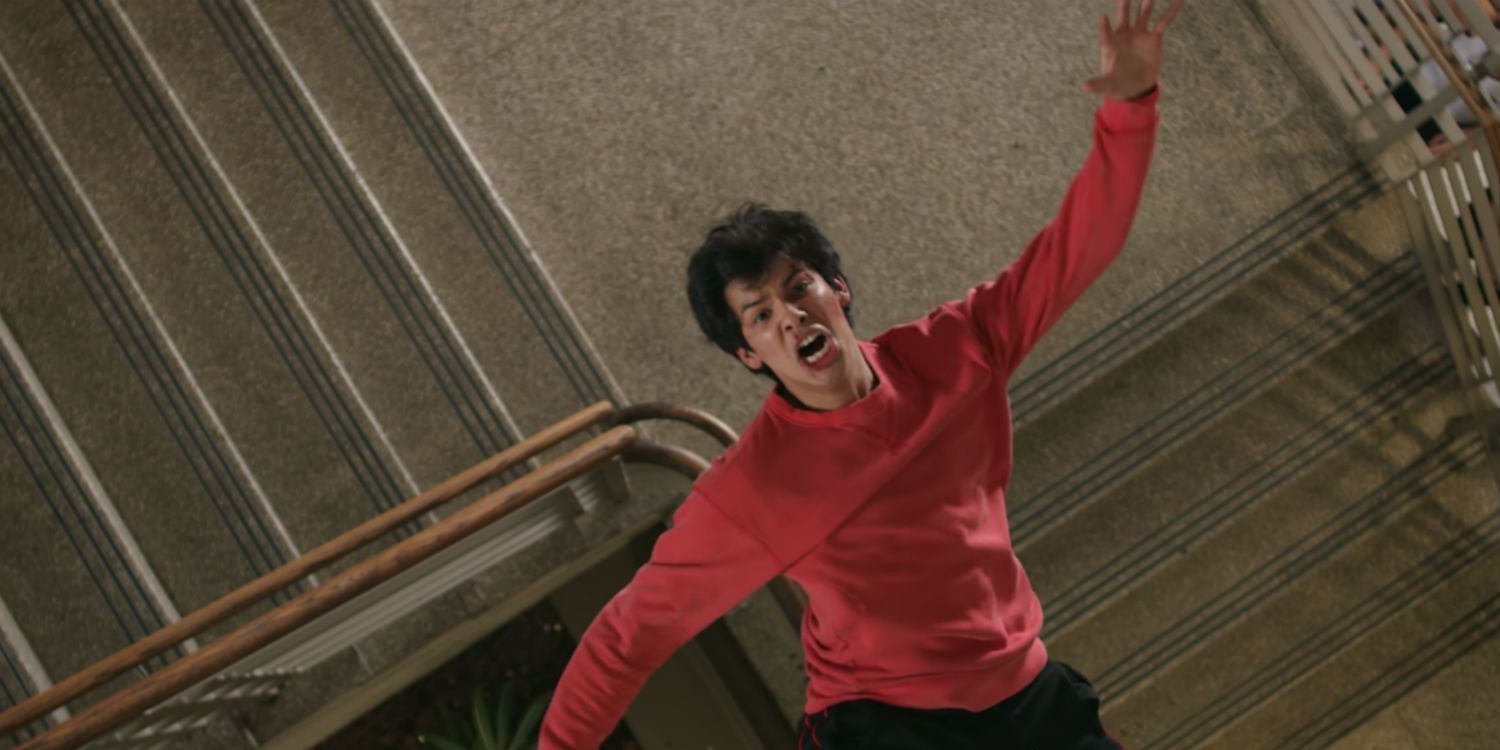
One of the most important things in storytelling that keeps plots engaging and hooking the viewers is the use of consequences. The use or misuse of such can make or break an entire story, series, movie, novel—anything. A series that’s notorious for its perfect use of consequence is John Wick. It seems as if Cobra Kai‘s writing team took notes from the iconic Keanu Reeves franchise, because they handle it in a very similar way in their episodes.
There is no action, decision, or feeling in this plot that doesn’t come back around to help or haunt the characters in one way or another. If a character makes a grave mistake, it will have massive consequences for their plot moving forward—even if not right away. This helps the series have stakes that keep audiences on the edges of their seats as they wonder what could happen in the future if a person they love in the show makes the right or wrong move.
3. Balancing Tone
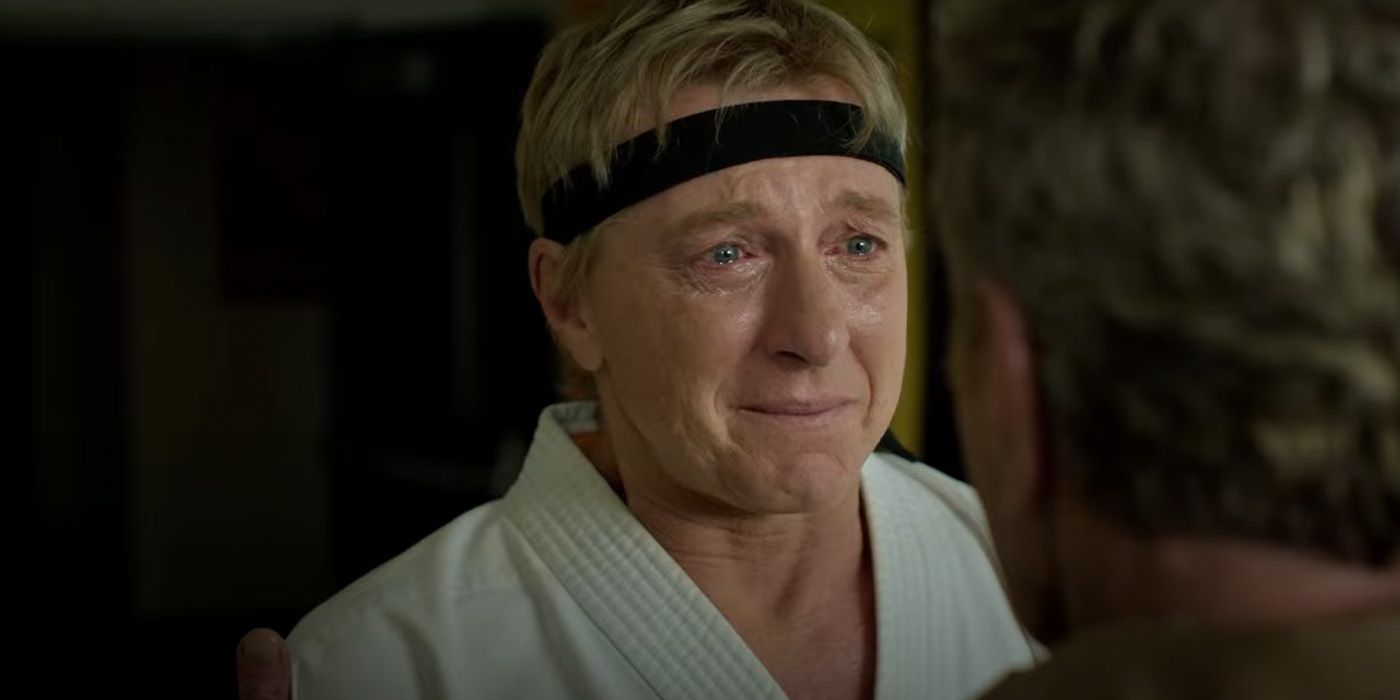
While The Karate Kid series has always been a bit more lighthearted and inspirational, they have always taken time to get serious, dramatic, and emotional when the story calls for it. Cobra Kai is certainly one of the most lighthearted entries in the franchise, but that doesn’t mean it shies away from getting tear-jerking, either. The showrunners, directors, and writers find an excellent way to balance tones throughout the series.
An episode can go from being heartbreaking one moment to having a goof and gag the next without it feeling jarring and out of place. They know when and where to bring in scenes and how to mix and mash them in a way that keeps the story in a nice flow while blending tones wonderfully. This brings out so many more emotions in the viewer and gets them even more attached to the characters and story on screen.
2. Astounding Fight Choreography
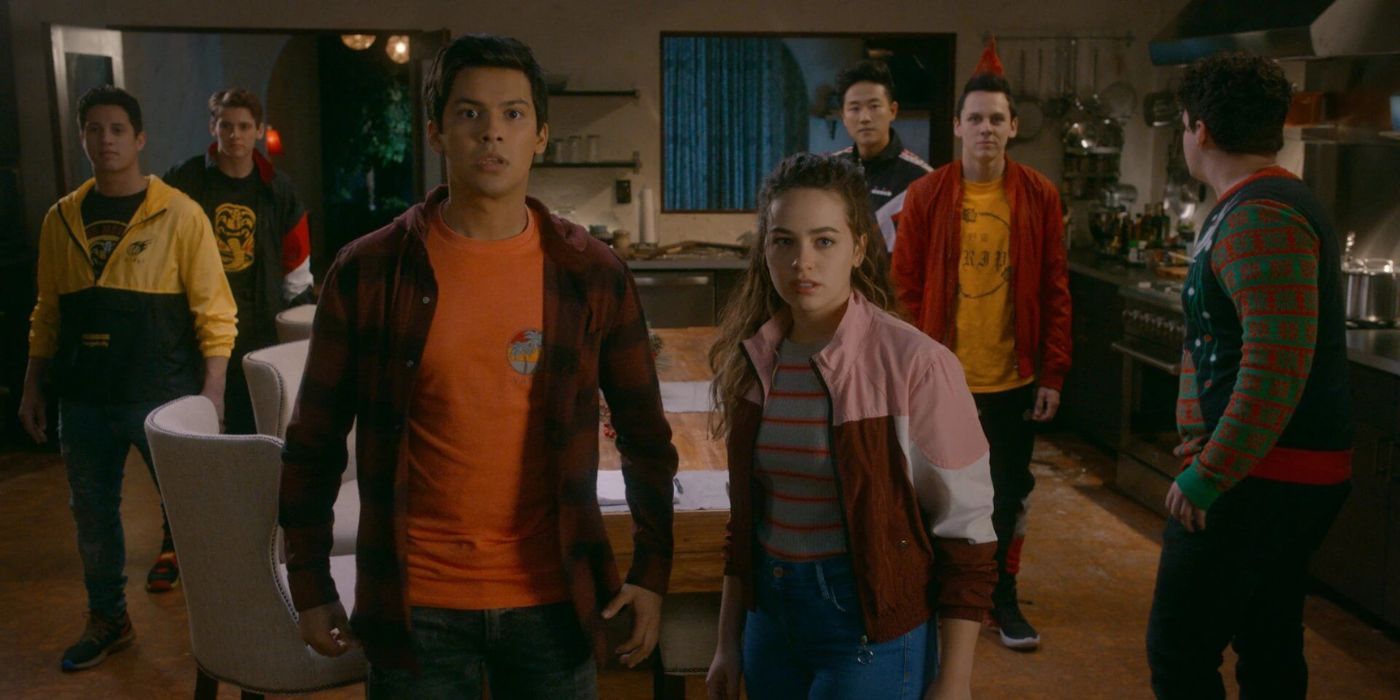
This isn’t called The Karate Kid universe for nothing. The franchise is, at its core, centered around fighting and the themes that come with it. So with every entry in the series, there’s a big weight on the project’s shoulders to deliver fight sequences that are eye-catching, engaging, and thrilling—a weight that Karate Kid: Legends will need to prove itself under, as well.
The team behind Cobra Kai do not skip out on bringing an incredible fight in almost every single episode—an impressive feat, to say the least. The choreographers that work on the series know exactly what they’re doing and bring some wonderful choreography to unique locations that create action scenes that truly cannot be found anywhere else. These scenes carry stakes and intensity unlike any other.
1. Compelling Characters

At the end of the day, though, the only reason people cared to continue watching Cobra Kai when it aired was because it had some amazing characters on screen that kept them interested—and not just the classic boys, Daniel and Johnny. The new kids introduced in the series are just as compelling, if not more so, at times, than the original players. This got audiences to truly care and empathize with every character, both good and bad (which is why so many people want spinoffs).
There can be astonishing fights, a vast universe, and great needle drops, but those are nothing without interesting characters that keep people coming back to watch each new episode drop. The entire thing that made The Karate Kid great in the first place was Daniel LaRusso, Mr. Miyagi, Johnny Lawrence, and John Kreese. The fights were cool, yes, but those four made people actually give a dang about what was happening next.
